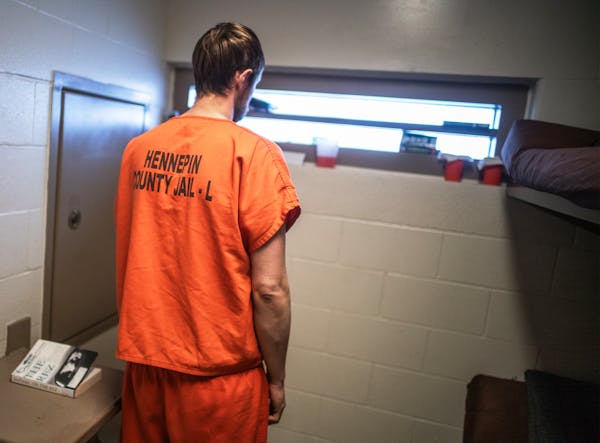At Elsa Ríos González's hair salon in Atenco, east of Mexico City, the chatter turns to the most controversial issue in town, the construction of an international airport. Mexico's biggest infrastructure project, known as NAICM, is being built just a few miles away.
Opinion in Atenco is divided. Some of Ríos' clients fret about the noise and pollution the airport will bring. Others hope for riches. "No one is well-informed enough" to judge its merits, the hairdresser said.
Andres Manuel López Obrador, who will become president on Dec. 1, disagrees. A longtime foe of the project, he has put its fate in the hands of voters through a referendum-like "consulta," to be held Thursday to Sunday, more than a month before he takes office. How this unorthodox plan turns out will reveal much about what promises to be an unorthodox presidency.
A veteran populist, López Obrador portrays himself as an instrument of the will of ordinary Mexicans. He will offer them an opportunity to vote him out of office midway through his six-year term. The airport consulta is a preview of the sort of direct democracy that he says will characterize his administration.
As mayor of Mexico City from 2000 to 2005, López Obrador sent survey-takers door to door to find out what people thought of his initiatives. His first presidential foray into popular democracy will be more contentious. Unlike recent votes on airports in Berlin and in Nantes in France, the consulta does not just test opinion of citizens in the vicinity.
It will be organized by López Obrador's inner circle, not by the national electoral institute. Activists from López Obrador's Morena party will set up and monitor 1,073 booths in about 500 municipalities, home to 80 percent of the population. Just 1 million ballot papers will be printed for a nationwide electorate of 90 million people. They will be counted by a little-known NGO. It is unclear how the poll workers will prevent people from voting more than once.
Participants will be asked to choose whether to press on with construction of the X-shaped airport, which is 30 percent completed, or to scrap it. The alternative is to supplement the existing airport with a new one at the Santa Lucía military air base north of Mexico City. López Obrador says the result will be binding.
Few doubt that something must be done. The capital's airport, the busiest in Latin America, handles 50 percent more people than it was designed to do. It has no space to expand. The number of passengers is growing by nearly 10 percent a year.
Vicente Fox, Mexico's president from 2000 to 2006, tried to buy land cheaply on the east side of the area from farmers, who protested with machetes. In 2014, President Enrique Peña Nieto, said the airport would be built on the western side, on land owned by the federal government.
It would serve 120 million passengers a year, more than any other airport in the world. [For comparison, Minneapolis-St. Paul International Airport served 38 million in 2017.]
Its backers say it will attract firms that might otherwise make Panama or Brazil their Latin American hubs and bring jobs to the capital's poor eastern districts. If López Obrador cancels NAICM, which is being built by a company controlled by Carlos Slim, Mexico's richest man, he will unnerve investors.
Two-thirds of Mexicans have never been on a plane. That makes the airport look to some like a bauble for the rich. The 285 billion-peso ($15 billion) price tag is 70 percent higher than the government originally budgeted.
These shortcomings are the result of Mexico's slapdash process for planning and approving big projects. Developers rarely consult residents who will be affected by them. Although contracts to build NAICM were awarded in a transparent way, the companies that secured them are not required to report regularly on their progress. That feeds a suspicion that cost overruns are the result of corruption.
Such problems are compounded by politics. Mexican presidents, who serve just one term, rush to build pet projects, or at least to make enough progress that their successors are obliged to complete them. NAICM's perimeter wall started going up before builders knew where the entrance was; they had to make expensive changes. Agencies responsible for projects often do not talk to each other. "The problem is not the cake, it's the oven," said Mariana Campos of México Evalúa, a think tank.
In the case of NAICM, López Obrador says he prefers a different cake. Repurposing the Santa Lucía air base is the sort of low-budget alternative that appeals to the ostentatiously austere president-elect. But Santa Lucía is farther from the city center than NAICM. Some passengers would have to transfer to a different airport to catch connecting flights. Planes landing at and leaving the two airports, all of which must pass through the same corridor in the city's northwest, risk colliding. That is "a safety issue that the Mexican authorities would surely never allow," said Bernardo Lisker of MITRE, an institute that studies air traffic.
That decision now will supposedly be made by the people. Polls suggest that Mexicans favor completing the new airport by two to one, but the consulta may not reflect that.
